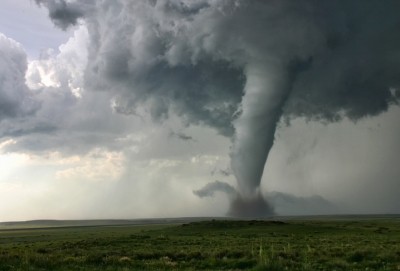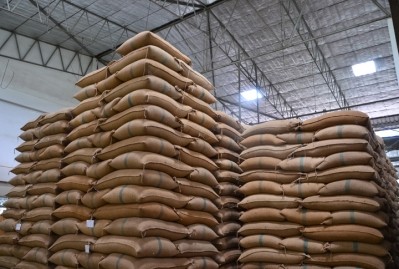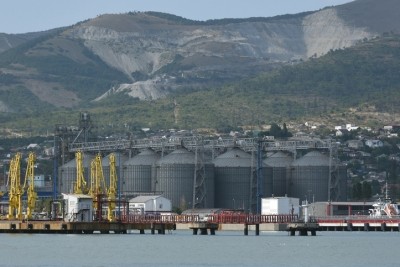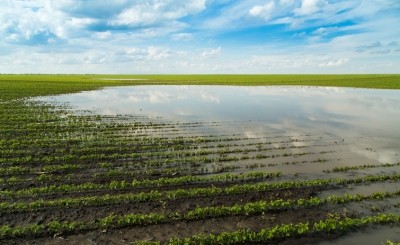US: Focus on feed in face of impending Hurricane Michael
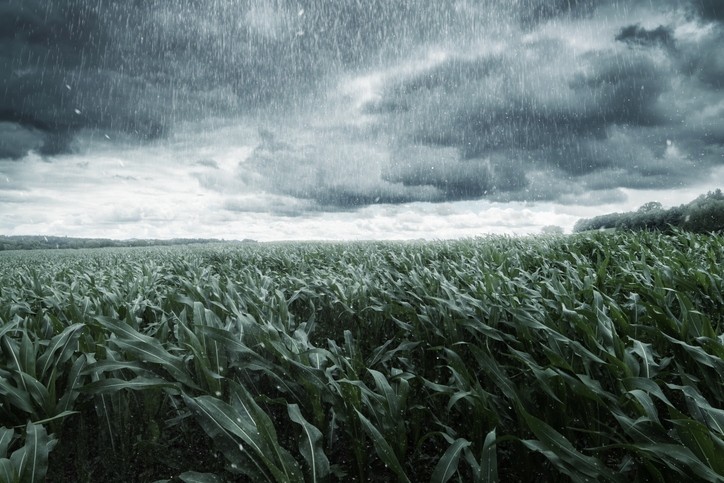
Upgraded Tuesday [October 10] to a Category Three storm, bringing wind speeds of 120 mph (195 kph), the storm is expected to make landfall on Wednesday in western Florida, according to information from the National Hurricane Center. Governors in Florida, Georgia and Alabama reportedly have declared a state of emergency in at least parts of their respective states.
It is anticipated that the storm will make landfall as a hurricane, said Pam Knox, agricultural climatologist and public service associate with the University of Georgia Extension. It could bring winds gusting up to 75 mph (120 kph) through southern Georgia.
Areas on the eastern part of the state are expected to see more effects from the storm, while those in the northwest could see less influence, she said. However, conditions surrounding the storm and its expected path could change by Wednesday.
At this stage, crop producers are expected to see more damage from wind, than from other portions of the storm like rain or flooding, she told us. “A lot of the corn is already harvested, and if it’s not, it will be blown over,” she added.
“The rain shouldn’t be as bad as [Hurricane] Florence,” she said, adding that parts of the state could still see up to 8 inches of rain, or more.
“Every hurricane is different,” said Knox. “In Florence, it was so slow rain was the main factor, [with Michael] – it's moving so fast wind will be the huge issue here.”
However, she said, there could still be areas of localized flooding so cattle producers with animals outside should move them into protected areas when possible.
There also are concerns that roads could be blocked making it hard to get milk out at dairies, or feed in for producers, she said.
Poultry focuses on the feed supply
There are multiple poultry producers in the part of Georgia expected to see the heaviest effect from the impending hurricane, said Mike Giles, president of the Georgia Poultry Federation.
The group has been working with the state, poultry companies and other organizations to make sure information is shared and will continue to do so through and after the storm, he told us. “As we get reports of impacts on our operations we pass that to the state so it can be factored into the state for the response,” he added.
The group started pay attention to the impending storm over the weekend, and efforts intensified on Monday, he said. “It really formed pretty fast and pretty close to the US … Monday everybody was communicating and getting ready for this one.”
“We have poultry operations throughout south Georgia and middle Georgia and what they’re doing to prepare for a storm system like this – in anticipation of losing their feed operations or delivery of feed for several days – they start delivering extra shipments of feed so bins are topped off,” said Giles. “So if there is disruption or if the feed mill is impacted then they have as much as possible on the farm before the storm hits.”
Poultry producers also are encouraged to make sure they have enough fuel and that their generators are in working condition, as it is anticipated that power could go down, he said. There also is the possibility of localized flooding, downed trees and tornados.
“If the power goes off at a feed mill that effects their ability to produce feed,” he said. However, because feed mills tend to be closer to town than poultry farms the mills should see power restored more quickly, he added.
“We’ve had pretty widespread power outages before and they’re generally able to manage through it fine,” he said. “It’s really more of a logistical challenge and making sure that they have access to feed.”
